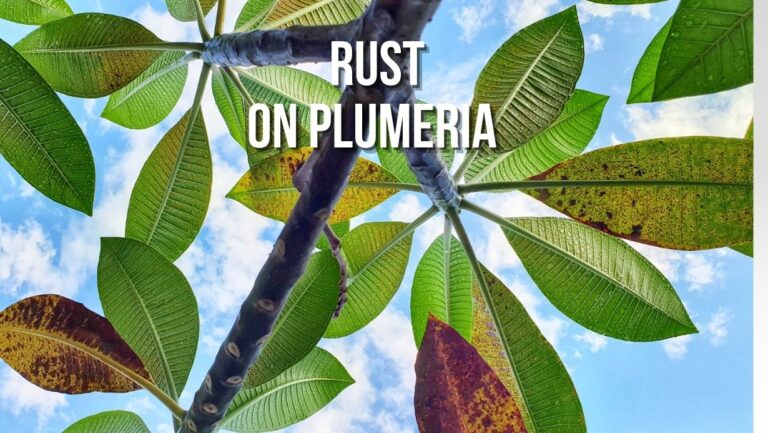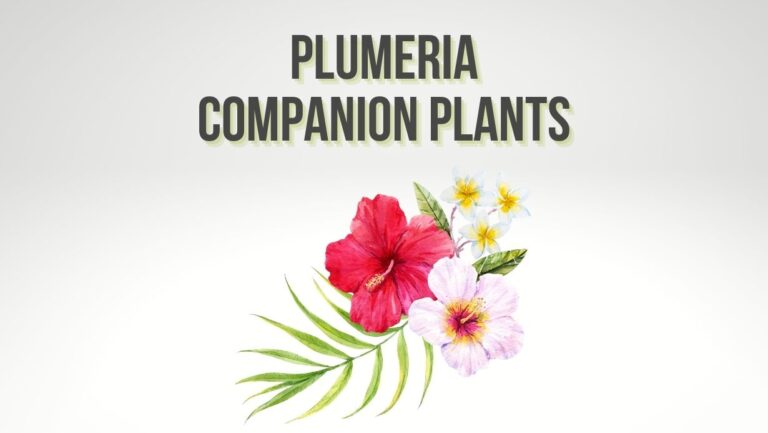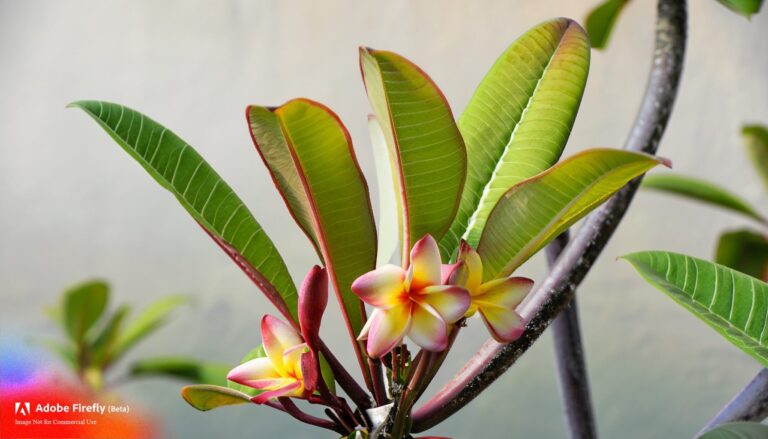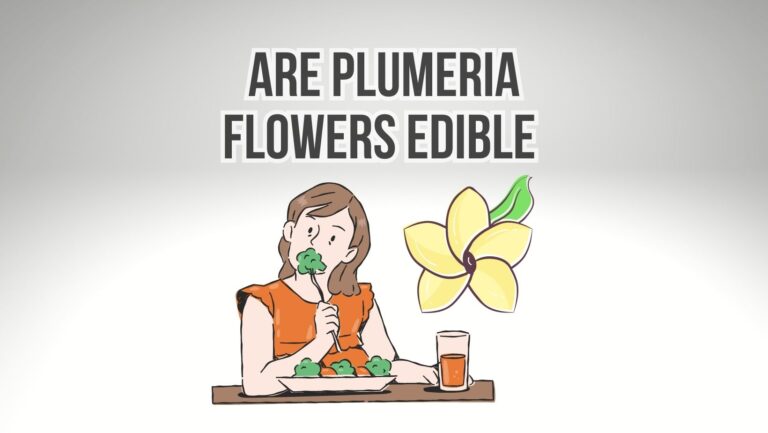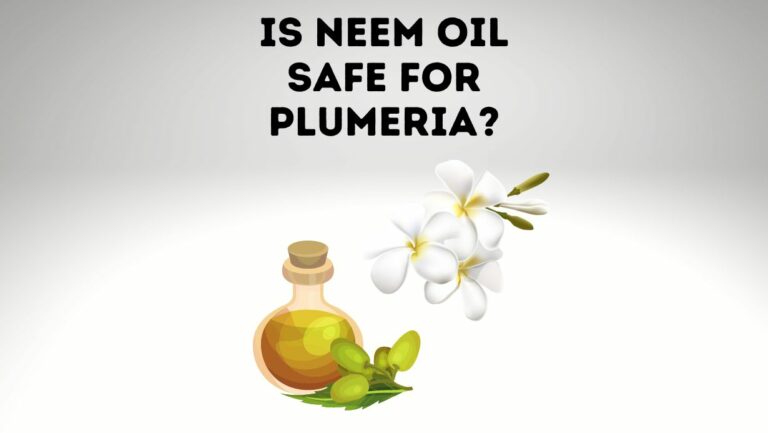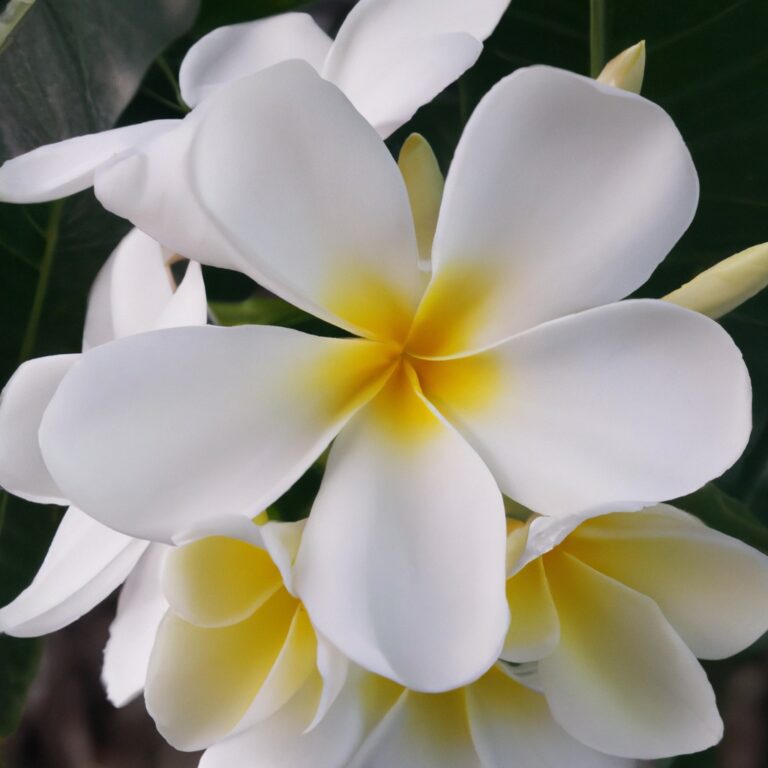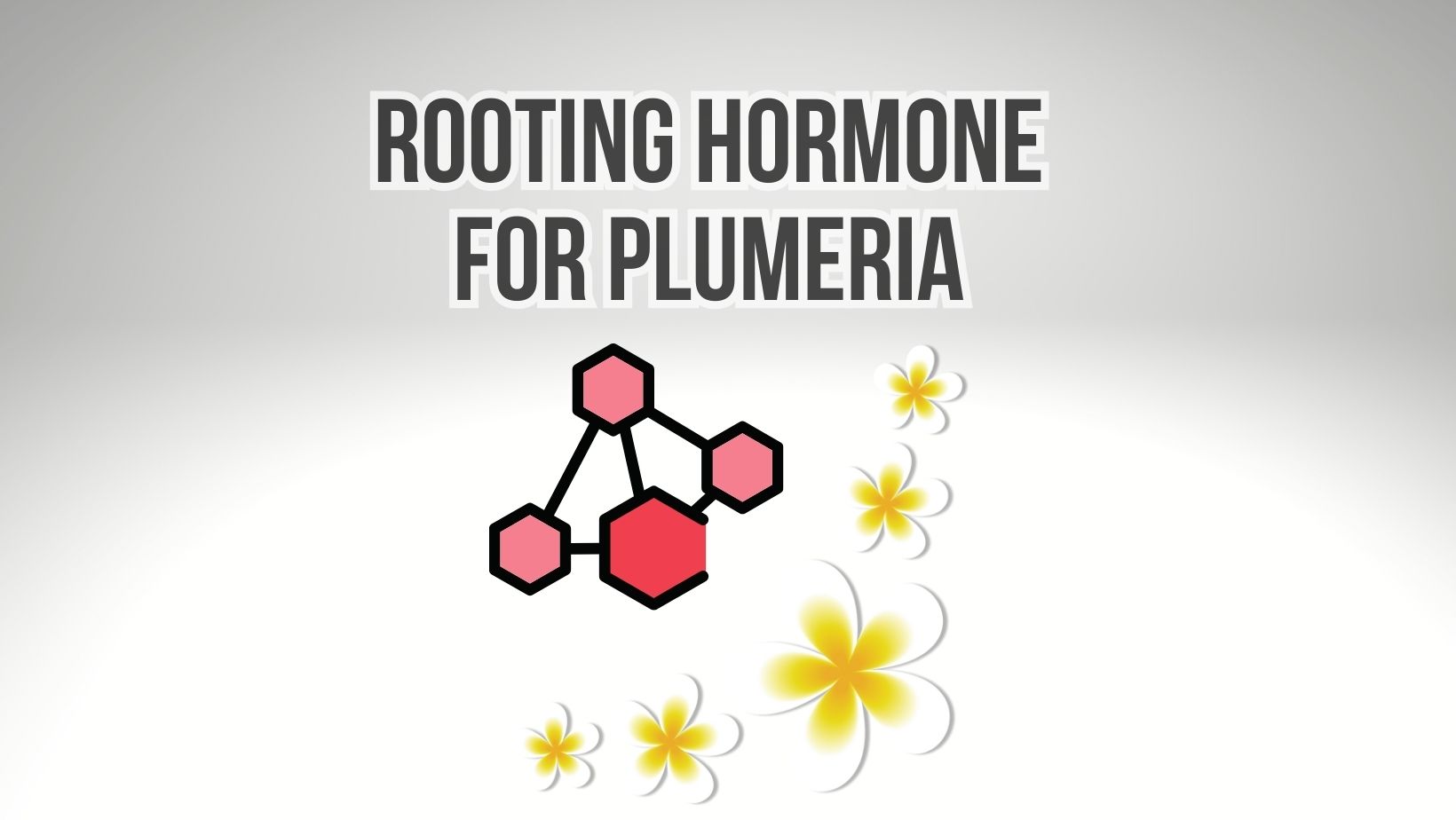
Using rooting hormone can be beneficial when propagating plumeria cuttings, as it helps stimulate root development and increase the chances of successful rooting. Here’s how you can use rooting hormone for plumeria:
- Select a suitable rooting hormone: Look for a rooting hormone powder or gel that contains an active ingredient like indole-3-butyric acid (IBA) or a similar rooting hormone compound. These hormones help promote the formation of new roots.
- Prepare the plumeria cuttings: Take healthy plumeria cuttings, ideally 12 to 18 inches (30 to 45 centimeters) long, with at least three leaf nodes. Remove any leaves from the lower two-thirds of the cutting, leaving a few leaves at the top for photosynthesis.
- Dip the cuttings: Pour a small amount of rooting hormone into a separate container. Dip the cut end of each plumeria cutting into the rooting hormone, ensuring that the hormone covers the bottom 2 to 3 inches (5 to 7.5 centimeters) of the cutting. Tap gently to remove any excess powder.
- Insert the cuttings: After applying the rooting hormone, insert the treated end of each cutting into a well-draining potting mix or a rooting medium. Make sure at least one leaf node is buried in the soil to promote root formation.
- Provide optimal conditions: Place the potted cuttings in a warm, bright location with indirect sunlight. Maintain a temperature between 75 to 85°F (24 to 29°C) to encourage rooting. Avoid direct sunlight or extreme heat, as it can cause excessive moisture loss.
- Mist and water: Keep the rooting medium slightly moist, but not overly wet. Mist the cuttings regularly to maintain humidity and prevent them from drying out. Water the soil when the top inch (2.5 centimeters) feels dry, but avoid waterlogged conditions.
- Patience and monitoring: Rooting plumeria cuttings can take several weeks to several months. Be patient and monitor the progress of the cuttings. New growth and root development are positive signs of successful rooting.
Remember to follow the instructions provided with the specific rooting hormone product you choose, as application methods may vary. Additionally, ensure proper sanitation of tools and containers to prevent the spread of diseases or pathogens.
Using rooting hormone can enhance the rooting success of plumeria cuttings, but it’s important to note that it is not mandatory. Plumerias can root without rooting hormone as well, but using it can increase the chances of successful propagation.
4 Best Rooting Hormone For Plumeria
When it comes to selecting the best rooting hormone for plumeria cuttings, there are several options available. Here are some commonly used rooting hormones that work well for plumeria:
- Indole-3-butyric acid (IBA): IBA is a popular rooting hormone for plumeria and many other plants. It promotes root development and increases the success rate of rooting. Look for a rooting hormone powder or gel that contains IBA as the active ingredient.
- Naphthaleneacetic acid (NAA): NAA is another commonly used rooting hormone that aids in root formation. It is effective in stimulating root growth in plumeria cuttings. Rooting hormone products with NAA can be found in powder or liquid form.
- Hormone combinations: Some rooting hormone products contain a combination of multiple rooting hormones, such as IBA and NAA. These combinations can provide a synergistic effect, enhancing root growth and increasing the success of plumeria rooting.
- Organic alternatives: If you prefer organic options, there are natural alternatives to synthetic rooting hormones. Willow water is a popular natural rooting hormone made from willow tree branches. It contains naturally occurring auxins that stimulate root development. To make willow water, steep fresh willow branches in water for a few days, then use the infused water for soaking plumeria cuttings before planting.
When choosing a rooting hormone, consider the form (powder, gel, or liquid) that is most convenient for your needs. Follow the manufacturer’s instructions for application and dosage.
What Can I Use Instead Of Rooting Hormone?
If you prefer not to use rooting hormone or do not have access to it, there are alternative methods for rooting plumeria cuttings:
- Water propagation: Placing plumeria cuttings in a container of water and ensuring the water level is just below the nodes can stimulate root development. Change the water regularly to prevent bacterial growth.
- Soil propagation: Plant the plumeria cuttings directly into a well-draining potting mix without the use of rooting hormone. Ensure the soil is moist but not waterlogged and maintain a warm and humid environment.
- Natural rooting aids: Some natural substances can be used to encourage rooting in cuttings. For example, a diluted solution of willow water (made by soaking willow branches in water) can serve as a natural rooting aid due to the presence of natural auxins.
Related FAQ’S
Do Plumeria Cuttings Need Rooting Hormone?
Plumeria cuttings do not necessarily need rooting hormone to root successfully. Plumerias are known for their ability to root relatively easily, even without the use of rooting hormones. With proper care and favorable conditions, plumeria cuttings can develop roots and grow into healthy plants.
What Is The Most Popular Rooting Hormone?
The most popular rooting hormone used by gardeners and horticulturists is indole-3-butyric acid (IBA). It is widely available in various forms, such as powder, gel, or liquid. IBA is effective in stimulating root growth and is commonly used for various plant species, including plumerias.
Can Rooting Hormones Damage Plants?
When used as directed, rooting hormones are generally safe for plants. However, improper application or excessive use of rooting hormone can potentially damage plant tissues. It’s important to follow the instructions provided with the specific rooting hormone product and use it in appropriate concentrations.
What Are The Disadvantages Of Rooting Hormones?
While rooting hormones can be beneficial in promoting root development, there are some disadvantages to consider:
- Cost: Rooting hormone products can be an additional expense in the propagation process, especially if you plan to propagate a large number of cuttings.
- Chemical dependency: Frequent use of rooting hormones can potentially create a dependency on the hormone for successful root formation. This may limit the plant’s ability to root naturally in the absence of the hormone.
- Environmental impact: Some synthetic rooting hormones may have environmental implications if they are not disposed of properly. It’s important to follow the guidelines for safe handling and disposal
Can Cinnamon Replace Rooting Hormone?
Cinnamon has been popularly suggested as a natural alternative to rooting hormone, but there is limited scientific evidence to support its effectiveness. While cinnamon may have some antimicrobial properties, it does not contain the same auxins found in rooting hormones that stimulate root growth. Therefore, its effectiveness as a rooting aid is not well-established.
Do Plumeria Cuttings Need Rooting Hormone?
plumeria cuttings can root successfully without the use of rooting hormone. However, if you choose to use rooting hormone, follow the instructions provided with the product and use it judiciously. There are alternative methods and natural rooting aids available for those who prefer not to use synthetic hormones.
Summary
It’s important to note that while rooting hormones can increase the chances of successful root formation, they are not always necessary for plumeria. Plumerias have the ability to root without the use of hormones, especially under favorable conditions. Good care, proper environmental conditions, and the selection of healthy cuttings are also crucial for successful rooting.
Remember to handle rooting hormones with care and follow the safety instructions provided with the product. Proper hygiene and sterilization of tools and containers are essential to prevent the spread of diseases or contamination during the propagation process.
By using a suitable rooting hormone and providing optimal conditions, you can increase the likelihood of successful rooting and establish healthy plumeria plants from cuttings.

